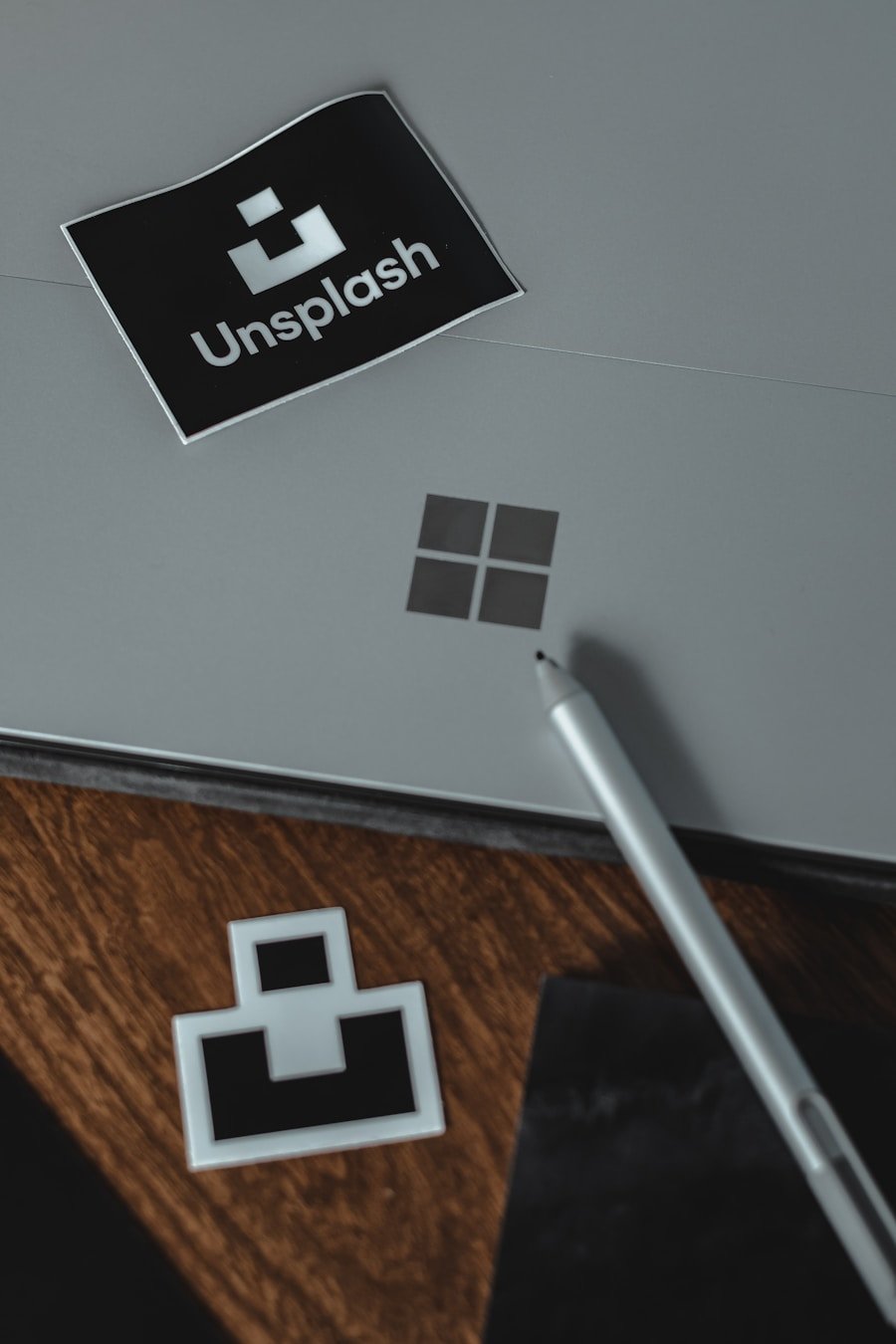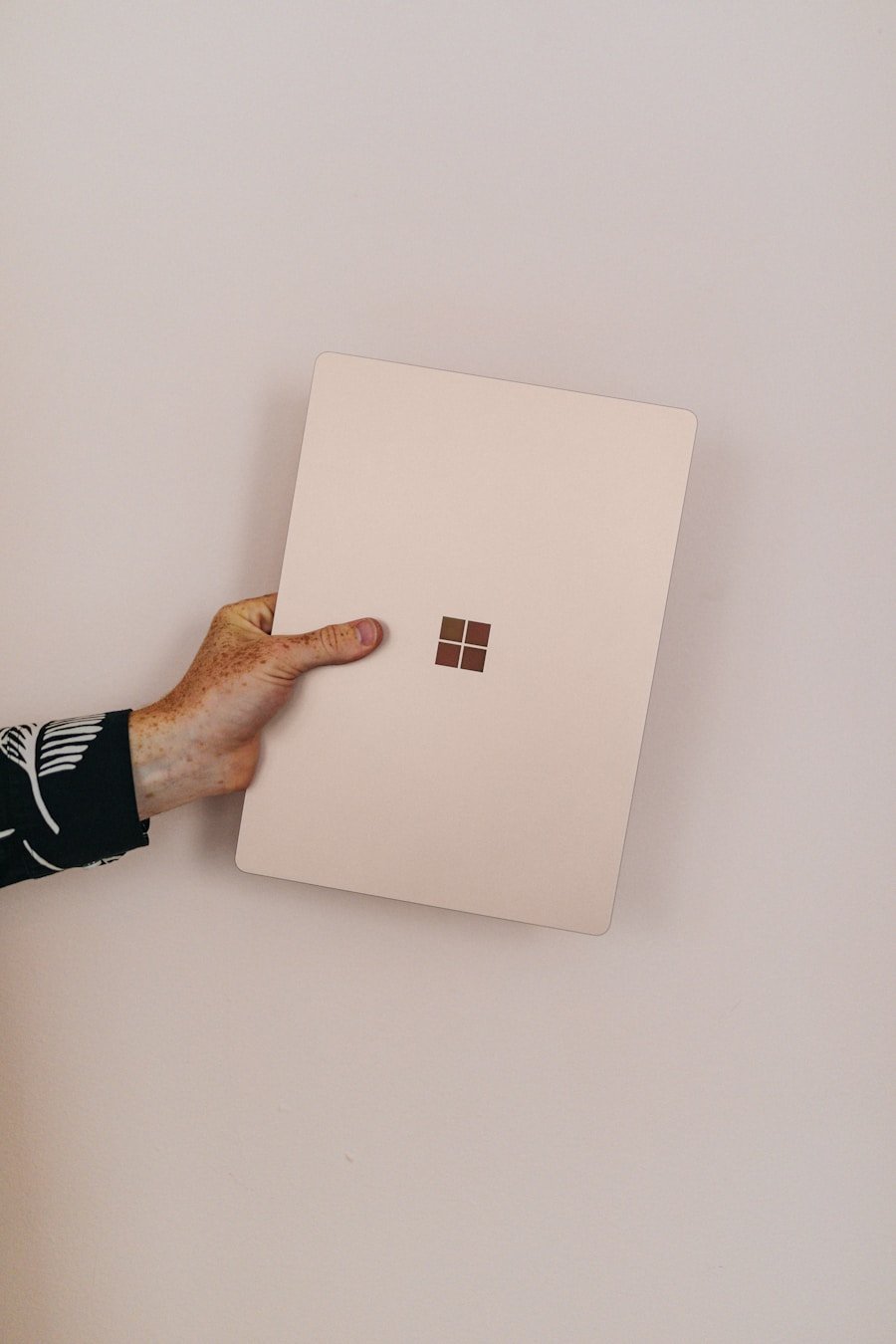The advent of Windows 11 has brought a wave of excitement among users, with its sleek interface, enhanced performance, and a plethora of new features. However, one of the notable changes in this latest operating system is the push towards integrating a Microsoft account for installation and usage. While this integration offers benefits such as cloud storage and synchronization across devices, many users prefer the traditional method of local account setup.
Installing Windows 11 without a Microsoft account can provide a more straightforward experience, allowing users to maintain greater control over their privacy and data. This article delves into the process of installing Windows 11 without a Microsoft account, exploring the steps involved, the advantages and disadvantages of this approach, and tips for effective management of the operating system in this configuration. The option to bypass the Microsoft account requirement is particularly appealing to those who value their privacy or who may not have a reliable internet connection during installation.
By opting for a local account, users can avoid the automatic data collection and telemetry that often accompany online accounts.
Furthermore, for individuals who are not familiar with cloud services or who prefer to manage their files locally, this method can simplify the user experience. As we navigate through the installation process, it is essential to understand both the technical steps involved and the implications of choosing a local account over a Microsoft account.Key Takeaways
- Windows 11 can be installed without a Microsoft account, providing more privacy and control over your system.
- Follow a step-by-step guide to install Windows 11 without a Microsoft account, including creating a local account during setup.
- Benefits of installing Windows 11 without a Microsoft account include increased privacy, control over data, and the ability to use the operating system offline.
- Potential drawbacks of installing Windows 11 without a Microsoft account may include limited access to certain features and services, such as Microsoft Store apps and cloud storage.
- Tips for managing Windows 11 without a Microsoft account include using alternative apps and services, keeping the system updated, and utilizing local user accounts for multiple users.
- In conclusion, installing Windows 11 without a Microsoft account offers increased privacy and control, but may come with limitations in accessing certain features and services. Users should weigh the pros and cons before making a decision.
Step-by-Step Guide to Installing Windows 11 Without a Microsoft Account
System Requirements and Installation Media
To begin the installation of Windows 11 without a Microsoft account, users must first ensure that their system meets the minimum hardware requirements set by Microsoft. This includes having a compatible 64-bit processor, at least 4 GB of RAM, and 64 GB of storage space. Once these prerequisites are confirmed, users can proceed to create a bootable USB drive using the Windows 11 installation media tool or by downloading an ISO file from Microsoft’s official website.
Booting from the Installation Media
After preparing the installation media, insert the USB drive into the target computer and restart it. Access the BIOS or UEFI settings to change the boot order, ensuring that the USB drive is prioritized.
Installation and Account Setup
Here, they should select their language preferences and click “Next.” The next step involves clicking on “Install Now,” which will prompt users to enter their product key if they have one. If not, they can choose the option to proceed without entering a key, allowing them to install Windows 11 in trial mode. As the installation progresses, users will reach a screen that prompts them to sign in with a Microsoft account. To bypass this step, they should look for an option that says “Offline Account” or “Limited Experience.” This option may be somewhat hidden or less prominent than the Microsoft account prompt. Selecting this will lead users to create a local account by entering a username and password. After completing these steps, users can continue with the installation process, configuring their privacy settings and preferences as desired.
Benefits of Installing Windows 11 Without a Microsoft Account

One of the primary benefits of installing Windows 11 without a Microsoft account is enhanced privacy. When using a local account, users have greater control over their personal information and data sharing practices. Microsoft accounts often come with default settings that enable data collection for personalized experiences, which can include telemetry data about system usage and preferences.
By opting for a local account, users can minimize their digital footprint and reduce the amount of data shared with Microsoft. Additionally, installing Windows 11 without a Microsoft account can lead to a more streamlined user experience for those who prefer traditional computing methods. Users can manage their files locally without relying on cloud services like OneDrive.
This is particularly advantageous for individuals who may have limited internet access or who prefer to keep their files stored on physical devices rather than in the cloud. Furthermore, local accounts allow for straightforward file management and organization without the complexities that sometimes accompany cloud synchronization. Another significant advantage is that local accounts do not require constant internet connectivity for basic functionalities. While some features in Windows 11 may still require an internet connection, many core functionalities can be accessed offline.
This is beneficial for users who travel frequently or work in environments where internet access is unreliable or restricted. The ability to use Windows 11 fully offline can enhance productivity and provide peace of mind regarding data security.
Potential Drawbacks of Installing Windows 11 Without a Microsoft Account
| Potential Drawbacks | Description |
|---|---|
| Limited access to Microsoft Store | Without a Microsoft account, users may have limited access to apps and games from the Microsoft Store. |
| Lack of synchronization | Users may not be able to sync their settings, preferences, and files across devices without a Microsoft account. |
| No access to OneDrive | Without a Microsoft account, users may not be able to access and sync files using OneDrive cloud storage. |
| Limited support and updates | Users without a Microsoft account may receive limited support and updates for their Windows 11 system. |
Despite its advantages, installing Windows 11 without a Microsoft account does come with certain drawbacks that users should consider before making their choice. One notable limitation is the lack of access to certain features that are designed to work seamlessly with Microsoft accounts. For instance, services like OneDrive for cloud storage, Microsoft Store for app downloads, and synchronization across devices are not available or are significantly limited when using a local account.
Users who rely on these services may find themselves at a disadvantage when opting for offline installation. Moreover, some applications and features may require a Microsoft account for full functionality. For example, accessing Xbox Game Pass or utilizing certain gaming features may necessitate an online account.
This could be frustrating for gamers or users who wish to take advantage of Microsoft’s ecosystem fully. Additionally, updates and security patches may be more challenging to manage without an internet connection since many updates are delivered through Microsoft’s servers. Another potential drawback is that users may miss out on personalized experiences that come with using a Microsoft account.
Features such as personalized recommendations in the Microsoft Store or tailored settings based on usage patterns are typically only available when logged into an online account. For those who appreciate these personalized touches, opting for a local account might feel limiting in terms of customization and user experience.
Tips for Managing Windows 11 Without a Microsoft Account
Managing Windows 11 effectively without a Microsoft account requires some adjustments and proactive measures to ensure that users can still enjoy a smooth experience. One essential tip is to familiarize oneself with local alternatives to cloud services. For instance, instead of relying on OneDrive for file storage and sharing, users can utilize external hard drives or USB flash drives for backups and file transfers.
Additionally, employing software solutions like Google Drive or Dropbox through web browsers can provide similar functionalities without needing a Microsoft account. Another important aspect is keeping the system updated manually. Users should regularly check for updates by navigating to Settings > Update & Security > Windows Update.
While some updates may require an internet connection, many critical security patches can be downloaded directly from Microsoft’s website if necessary. It’s advisable to set reminders to check for updates periodically to ensure that the system remains secure and up-to-date. Furthermore, customizing privacy settings is crucial when using Windows 11 without a Microsoft account.
Users should take time to review privacy options during installation and afterward by going to Settings > Privacy & Security. Disabling unnecessary data collection features can enhance privacy while still allowing access to essential functionalities. Users should also consider using third-party security software to bolster protection against malware and other threats since built-in protections may not be as robust without an online account.
Conclusion and Final Thoughts on Installing Windows 11 Without a Microsoft Account

Benefits and Drawbacks
While there are clear benefits such as enhanced privacy and control over data management, potential drawbacks like limited access to certain features must also be weighed carefully.
Personalized Experience
For those who prioritize privacy and prefer traditional computing methods, opting for a local account can provide a satisfying experience that aligns with their values.
Navigating the Digital Landscape
As technology continues to evolve towards cloud integration and online services, understanding how to navigate these changes while maintaining personal preferences is essential.
By following the outlined steps for installation and management tips provided in this article, users can successfully set up and enjoy Windows 11 without compromising their privacy or user experience. Whether one chooses to embrace the full capabilities of Microsoft’s ecosystem or opts for a more independent approach, being informed about these options empowers users to make choices that best suit their computing needs.Check out appssoftwares.com for reviews and recommendations on the best tools to enhance your Windows 11 experience. You can also visit their terms and conditions page for more information on using their services, or reach out to them directly through their contact page for any inquiries or feedback.
FAQs
What are the system requirements for installing Windows 11?
Windows 11 requires a 64-bit processor with at least 1 GHz clock speed, 4 GB of RAM, and 64 GB of storage. It also requires DirectX 12 compatible graphics / WDDM 2.x, a display with at least 720p resolution, and a UEFI firmware with Secure Boot capability.
Can I install Windows 11 without a Microsoft account?
Yes, you can install Windows 11 without a Microsoft account by choosing the “Offline account” option during the setup process. This allows you to create a local account for your Windows 11 installation.
How do I install Windows 11 without a Microsoft account?
To install Windows 11 without a Microsoft account, start the installation process and when prompted to sign in with a Microsoft account, select the “Offline account” option. Follow the on-screen instructions to create a local account for your Windows 11 installation.
Can I use Windows 11 without a Microsoft account?
Yes, you can use Windows 11 without a Microsoft account by creating a local account during the installation process. A local account allows you to access and use Windows 11 without linking it to a Microsoft account.
Are there any limitations to using Windows 11 without a Microsoft account?
Using Windows 11 without a Microsoft account may limit access to certain features such as syncing settings across devices, accessing the Microsoft Store, and using certain Microsoft apps that require a Microsoft account. However, most basic functions and features of Windows 11 can still be used without a Microsoft account.
